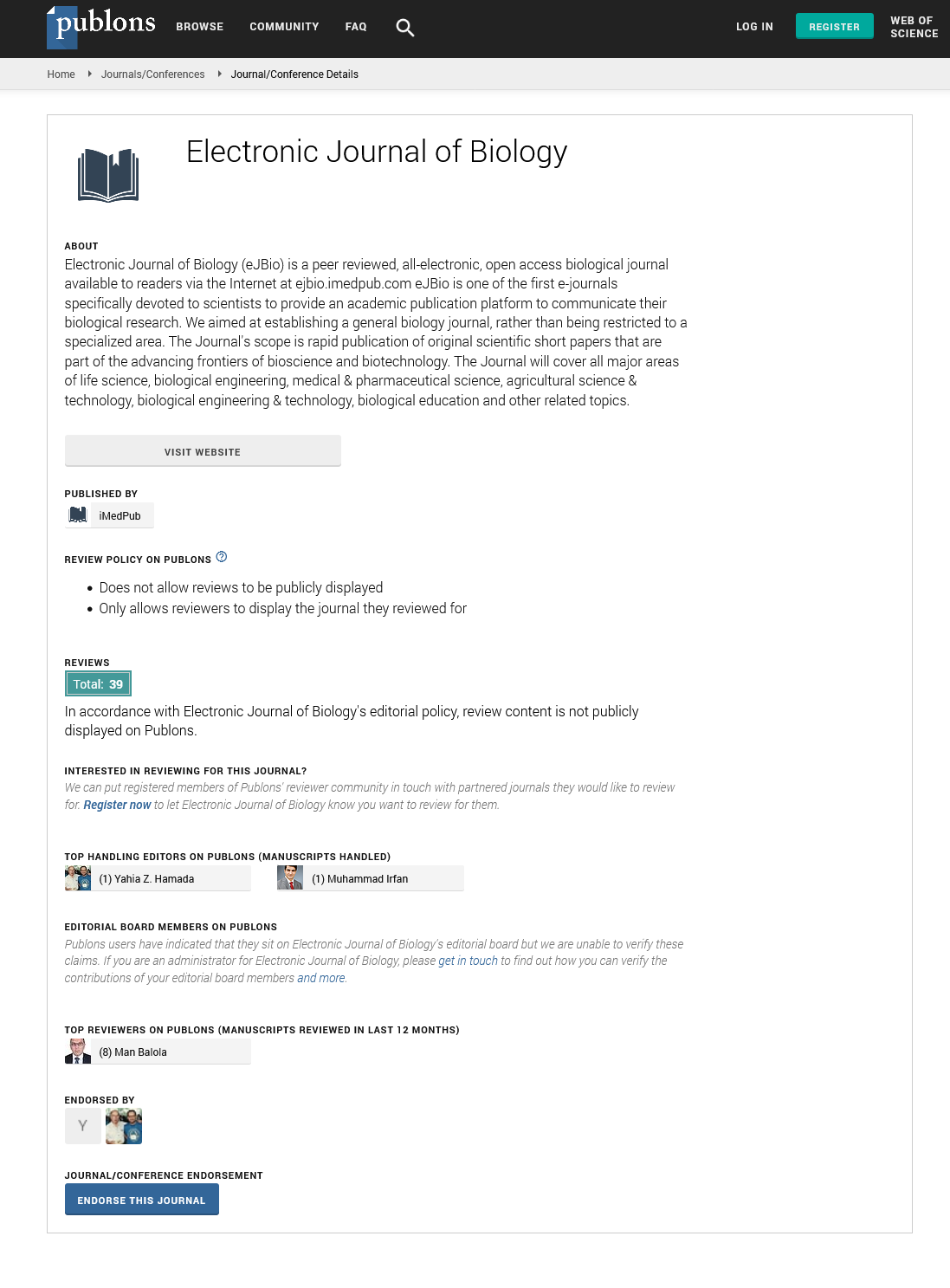Abstract
Bodyweight-forearm Ratio, Cranial Morphology and Call Frequency Relate to Prey Selection in Insectivorous Bats
The feeding habits of insectivorous bats are of great interest to people, because they are considered to be important in the control of insect pests. Here we present a study showing the relationship of bat morphology to differences in prey selection by various bat species. We compared dietary data from 10,884 faecal pellets, bodyweight, cranial length, forearm length and echolocation calls from published peer-reviewed studies for 92 bat species. We demonstrated that insectivorous bats tend to prefer certain insect orders which we have grouped as soft bodied insects, hard bodied insects and Lepidoptera. Wing characteristics which we measured by bodyweight-forearm ratio showed the strongest relationship with hard insects followed by longest cranial length. The content of soft insects in bat diets was negatively related to bodyweight, forearm length and longest cranial length. Lepidoptera content was positively related to the echolocation frequency with the maximum intensity (FMAXE), bats with high FMAXE fed on more Lepidoptera than those with low frequencies. We propose that a combination of dietary analysis and morphological analysis is needed to make strong inference about prey preference rather than comparing the dietary analysis with the insect abundance at the location were the bat or faecal pellets were collected
Author(s): Robbie Weterings, Chanin Umponstira
Abstract | Full-Text | PDF
Share this

Google scholar citation report
Citations : 5001
Electronic Journal of Biology received 5001 citations as per google scholar report
Electronic Journal of Biology peer review process verified at publons
Abstracted/Indexed in
- Google Scholar
- China National Knowledge Infrastructure (CNKI)
- CiteFactor
- Electronic Journals Library
- Zoological Records
- WorldCat
- Proquest Summons
- Publons
- MIAR
- Openaccessarticles.com
- Secret Search Engine Labs
Open Access Journals
- Aquaculture & Veterinary Science
- Chemistry & Chemical Sciences
- Clinical Sciences
- Engineering
- General Science
- Genetics & Molecular Biology
- Health Care & Nursing
- Immunology & Microbiology
- Materials Science
- Mathematics & Physics
- Medical Sciences
- Neurology & Psychiatry
- Oncology & Cancer Science
- Pharmaceutical Sciences


